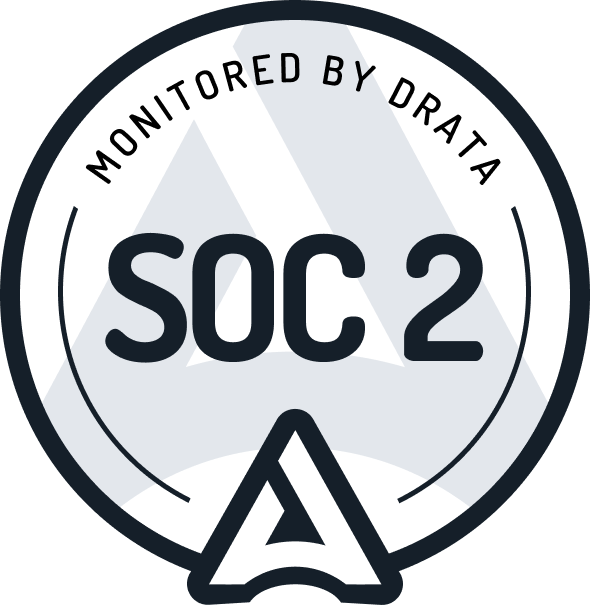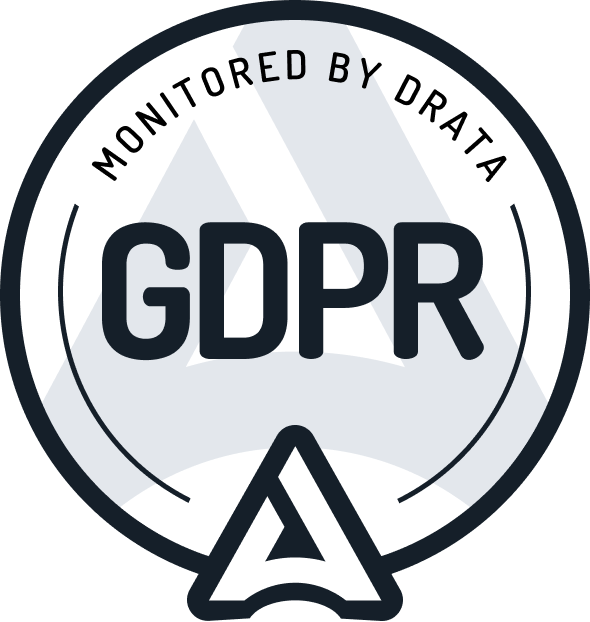.png)
What is Product-Community Fit?
Get notified when customers mention you online - with Crowdlens
Product-Community Fit is the new Product-Market Fit. At least for open-source and developer-first companies. It describes the moment when a product successfully targets a developer community’s needs and generates significant value. Proving Product-Community Fit can have a notable impact on commercialization, hiring, and fundraising.
In this article, we dive into the concept of Product-Community Fit (PCF) and its importance, particularly for open-source companies. We will explore why PCF matters, how it can be measured, and the role of Monthly Active Contributors in defining PCF.
Defining Product-Community Fit
Product-Community Fit (PCF) is the stage at which a product successfully addresses its target community's needs, generating significant value for its users. This concept goes beyond the traditional Product-Market Fit (PMF), focusing on creating a deep connection with a community by understanding their needs, values, and desires. Achieving PCF involves creating a product that not only addresses the community's pain points but also resonates with their beliefs.
In the context of open-source, “Product-Community Fit” means that an open-source project reached a state where developers are motivated to contribute to the project - be it through pull requests, content, or technical discussions. This state is a key inflection point in the life cycle of any open-source project and comes - at least for commercial open-source projects - usually before reaching Product-Market Fit.
Why Product-Community Fit matters
There are many reasons why companies - especially those with an open-source core - should focus on Product-Community Fit. It helps to focus, builds stronger customer relationships, creates competitive advantage, and overall gives teams a northstar metric to look up to. Here are four ways in which companies benefit from Product-Community Fit:
- Focus is everything: By focusing on a specific community (let’s say “Rust Developers”), companies can create deeper connections with their users, leading to a better customer understanding and a stronger product.
- Customer loyalty & retention: When a product resonates with a community's values and needs, users are more likely to retain, advocate for the product, and contribute to its long-term success.
- Community-led growth: A product that achieves PCF encourages community members to actively engage in its development and promotion, providing valuable feedback and driving organic growth through word-of-mouth marketing.
- A true competitive moat: In a world where every piece of software gets commoditized, Product-Community Fit is a moat that competitors simply can not copy. You have it, or you don’t.
How to measure Product-Community Fit
There are *a lot* of discussions about how to measure Product-Community Fit, and as a rule of thumb, you can say: “it depends” - on the product, target community, industry, etc. Nevertheless, we found that, especially for companies with an open-source core, one metric seems to work as a good indicator of success: Monthly Active Contributors.
Monthly Active Contributors are defined as the number of people that made at least one contribution to your community in a given month. Meaningful contributions include making a pull request, opening an issue, or participating in a discussion, and they exclude low-intent activities like leaving a star on GitHub or following a Twitter account.
If you can sustainably grow the number of people that do at least one contribution in your community every month, the interest and commitment of developers to your project is clearly rising. According to the Venture Capital firm OXX, open-source projects with an average of 50-100 Monthly Active Contributors are “highly likely to commercialize successfully and to continue to scale”. Companies like Cockroach Labs, yugabyteDB, or dbt Labs all raised strong Series A+ rounds when hitting that range of Monthly Active Contributors. [1]
Bingo, we just defined and quantified “Product-Community Fit” for open-source companies.
How crowd.dev helps you to measure Product-Community Fit with zero effort
As a next step, we obviously want to have a dashboard that gives us this metric. The problem is that the contribution data is usually scattered across multiple platforms, including GitHub, Reddit, Discord, Slack, or Discourse.
If you aren’t using crowd.dev yet, create a free account and connect your data sources. We will then pull in all your data, match identities across platforms and determine how many Monthly Active Contributors you have.
If you’re already using crowd.dev, you can lean back since we already handled everything for you. Go to your Reports and find the brand-new “Product-Community Fit report”.
The Product-Communtiy Fit report pre-defines which activities are counted as contributions and provides a graph showing how Monthly Active Contributors developed over time. On top of that, you can benchmark your Monthly Active Contributors with data from over 150,000 open-source repositories.

We believe this report should become an essential piece of reporting for every open-source company. Via the “Share” button, you can make this report publicly available and share the link with, for example, your investors. And who knows, maybe demonstrating a degree of Product-Community Fit compared to 150,000 GitHub Repositories will help you secure your next funding round. If you have any questions or feedback, please feel free to join our Discord community or drop me an email.
Get insights to your inbox.
Once per month. No spam.


.png)





